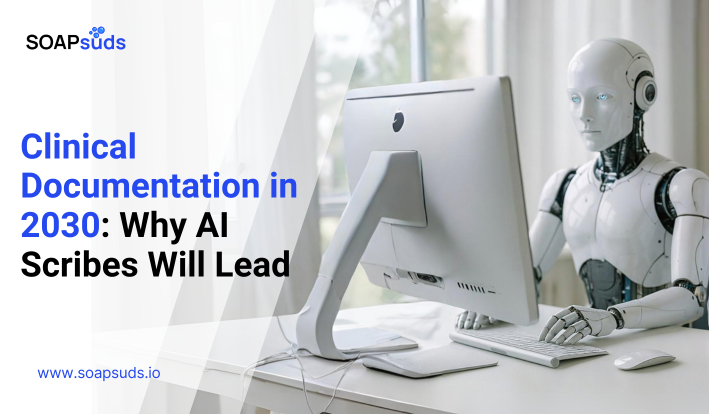Can AI Improve Post-Acute Care Coordination?
SOAPsuds team
Published: 3/13/2025
SOAPsuds team
Published: 3/13/2025

AI Medical dictation software helps doctors turn their spoken words into written text automatically...

Million people in the U.S. experience speech or language difficulties, and Speech-Language Pathologists (SLPs)...

By 2030, clinical documentation in healthcare will rely heavily on AI systems, faster data exchange,

AI has become more noticeable in every industry, including healthcare documentation. Using AI in clinical...

Do you often find yourself juggling between different applications, copying patient details, or repeating the...

Since the 1970s, artificial intelligence has started to find its place in healthcare. AI-based scribes...
Clinical Notes
SOAP notes
DAP notes
AI medical notes